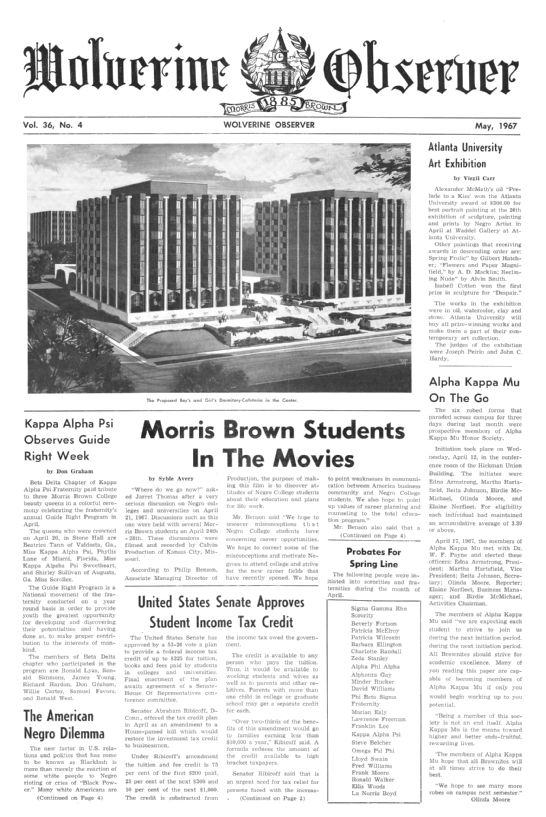The Digital Library of Georgia (DLG) is pleased to announce that it has completed the digitization of two historically significant Georgia African American newspapers as part of a National Digital Newspaper Program (NDNP) grant from the National Endowment for the Humanities (NEH). The digital images will be included in the Library of Congress’ newspaper site: Chronicling America http://chroniclingamerica.loc.gov/ and the DLG’s own site: Georgia Historic Newspapers (GHN), http://gahistoricnewspapers.galileo.usg.edu/.
“NEH grants help strengthen and sustain American cultural life, in communities, at museums, libraries, and historic sites, and in classrooms,” said former NEH Chairman Jon Parrish Peede. “As the nation prepares to commemorate its 250th anniversary in 2026, NEH is proud to help lay the foundations for public engagement with America’s past by funding projects that safeguard cultural heritage and advance our understanding of the events, ideas, and people that have shaped our nation.”
The newspapers include:
- Savannah Tribune, 1886-1888 – Founded in 1875, the Tribune, except for two hiatuses, is one of the longest-running African American newspapers in the South. https://gahistoricnewspapers.galileo.usg.edu/lccn/sn84020323/
- Athens Republique, 1921-1924 – From 1919 until its cessation in 1927, the Republique served the African American community in Athens and surrounding towns. https://gahistoricnewspapers.galileo.usg.edu/lccn/2012233098/
Featured images:
Athens Republique of January 7, 1922, covers Athens’ 59th Anniversary of Emancipation celebration and looks back on Booker T. Washington’s legacy: https://gahistoricnewspapers.galileo.usg.edu/lccn/2012233098/1922-01-07/ed-1/seq-1/
The GHN website also includes several other African American newspaper titles published in Georgia ranging from 1867-2018 that were digitized as part of previous grant-funded projects. These titles can be browsed through at https://gahistoricnewspapers.galileo.usg.edu/types/#africanamerican
African American newspapers from across the country can be found in the Chronicling America website at https://chroniclingamerica.loc.gov/newspapers/?state=ðnicity=African+American
About the National Endowment for the Humanities
Created in 1965 as an independent federal agency, the National Endowment for the Humanities supports research and learning in history, literature, philosophy, and other areas of the humanities by funding selected, peer-reviewed proposals from around the nation. Additional information about the National Endowment for the Humanities and its grant programs is available at: www.neh.gov.
Twitter: @nehgov
Facebook: facebook.com/nehgov/


